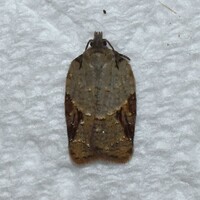
| Recorded by: Jeff Niznik, David George on 2024-09-02
Transylvania Co.
Comment: | 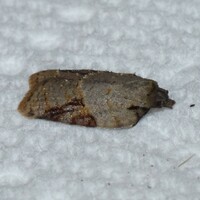
| Recorded by: Jeff Niznik, David George on 2024-09-02
Transylvania Co.
Comment: |
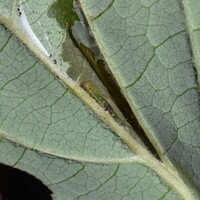
| Recorded by: Jeff Niznik, David George on 2024-08-07
Transylvania Co.
Comment: A webbed shelter on a Flowering Dogwood leaf, with the webbing removed to reveal a larva that was inside. | 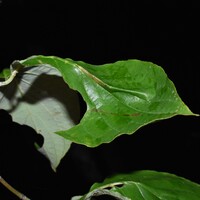
| Recorded by: Jeff Niznik, David George on 2024-08-07
Transylvania Co.
Comment: |
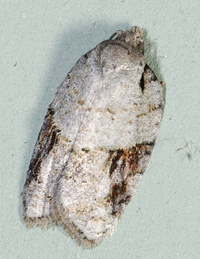
| Recorded by: John Petranka on 2024-07-26
Orange Co.
Comment: | 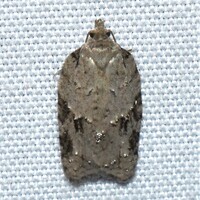
| Recorded by: Jeff Niznik on 2023-06-27
Durham Co.
Comment: |
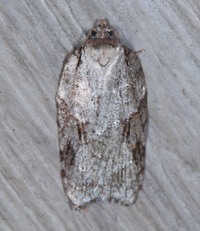
| Recorded by: Jim Petranka on 2023-05-09
Madison Co.
Comment: | 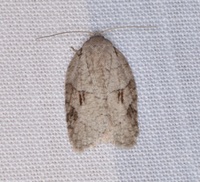
| Recorded by: David George, Stephen Dunn on 2023-03-24
Orange Co.
Comment: |
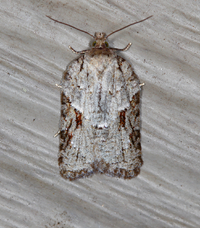
| Recorded by: Jim Petranka on 2023-02-28
Madison Co.
Comment: | 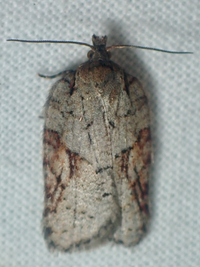
| Recorded by: tom ward on 2022-10-21
Buncombe Co.
Comment: |
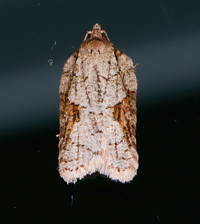
| Recorded by: Jim Petranka on 2022-03-23
Madison Co.
Comment: | 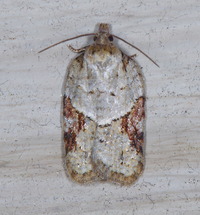
| Recorded by: Jim Petranka on 2021-07-16
Madison Co.
Comment: |

| Recorded by: Jim Petranka on 2021-04-07
Madison Co.
Comment: | 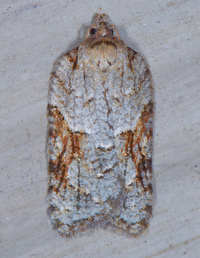
| Recorded by: Jim Petranka on 2020-12-10
Madison Co.
Comment: |
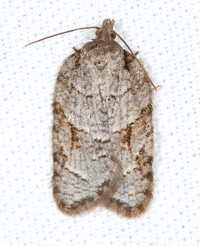
| Recorded by: Jim Petranka on 2020-11-26
Madison Co.
Comment: | 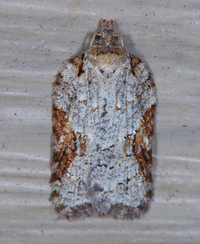
| Recorded by: Jim Petranka on 2020-11-22
Madison Co.
Comment: |
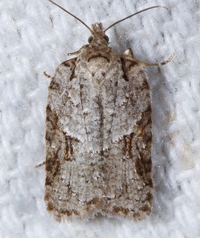
| Recorded by: Jim Petranka and Becky Elkin on 2020-03-11
Madison Co.
Comment: | 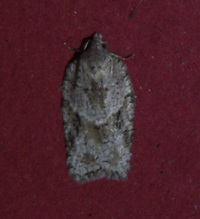
| Recorded by: Vin Stanton on 2020-03-05
Buncombe Co.
Comment: |
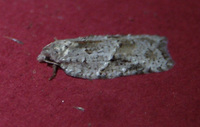
| Recorded by: Vin Stanton on 2020-03-05
Buncombe Co.
Comment: | 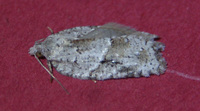
| Recorded by: Vin Stanton on 2020-03-05
Buncombe Co.
Comment: |
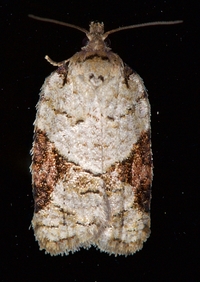
| Recorded by: Jim Petranka and Becky Elkin on 2019-06-08
Madison Co.
Comment: | 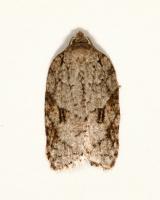
| Recorded by: Jim Petranka on 2019-04-09
Madison Co.
Comment: |
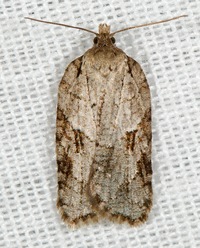
| Recorded by: Jim Petranka and Becky Elkin on 2019-04-05
Madison Co.
Comment: | 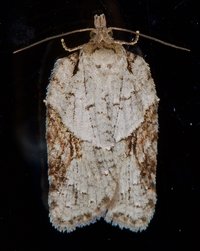
| Recorded by: Jim Petranka and Becky Elkin on 2019-03-10
Madison Co.
Comment: |
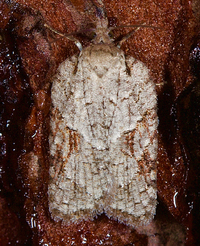
| Recorded by: Jim Petranka and Becky Elkin on 2019-02-28
Madison Co.
Comment: | 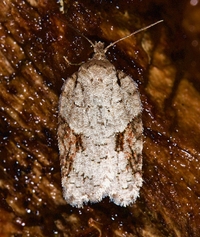
| Recorded by: Jim Petranka and Becky Elkin on 2019-02-06
Madison Co.
Comment: |
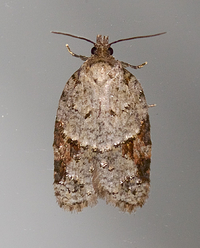
| Recorded by: Jim Petranka and Becky Elkin on 2018-07-21
Madison Co.
Comment: | 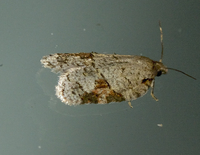
| Recorded by: Jim Petranka and Becky Elkin on 2018-07-21
Madison Co.
Comment: |
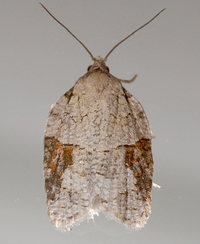
| Recorded by: Jim Petranka and Becky Elkin on 2018-07-07
Madison Co.
Comment: | 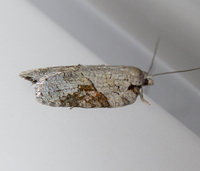
| Recorded by: Jim Petranka and Becky Elkin on 2018-07-07
Madison Co.
Comment: |
|

 »
»





















